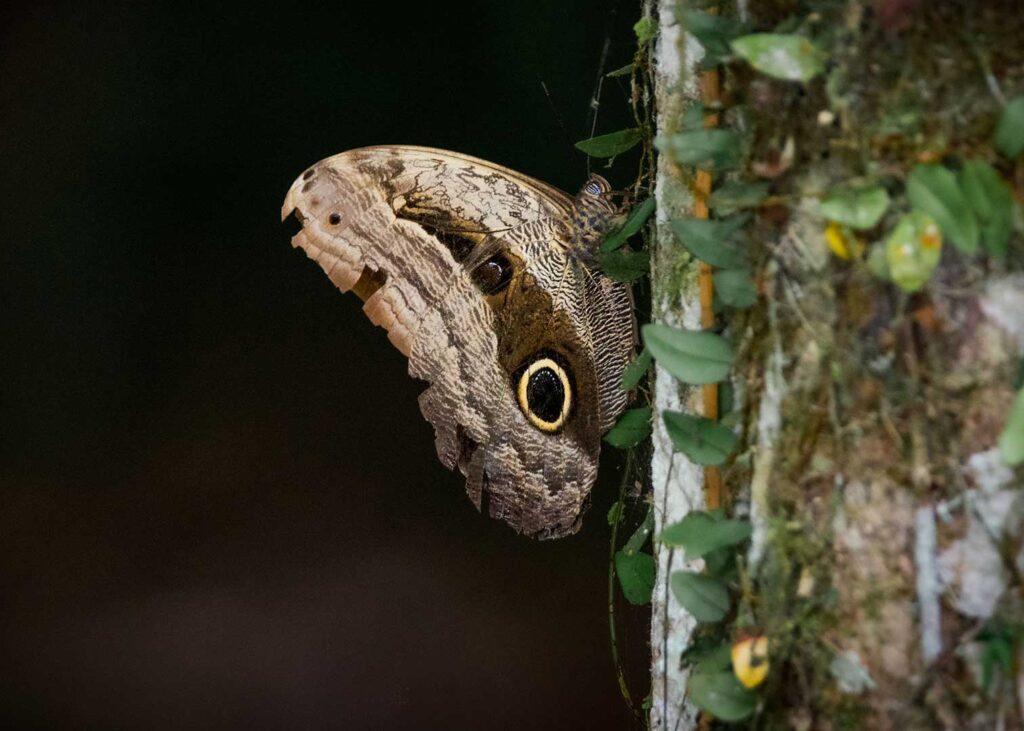In the central region of Ghana, farmers bordering the edge of Kakum National Park implement agroforestry initiatives to restore and protect forests and address income diversification. These interventions aim at improving community livelihoods and enhancing biodiversity.
The Northwestern region is strongly affected by ongoing forest degradation due to unsustainable cocoa production and illegal mining. PUR works to restore ecosystems and increase farmers’ economic resilience, building upon and aligning with the pre-competitive Cocoa and Forests Initiative, focusing significantly on restoring the cocoa-producing landscape while addressing deforestation’s drivers through education and improved livelihoods.



